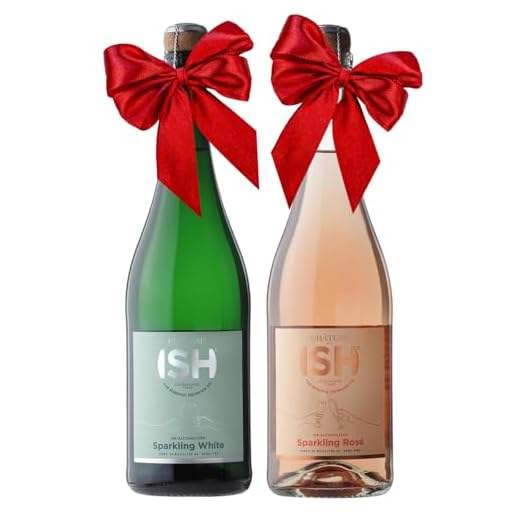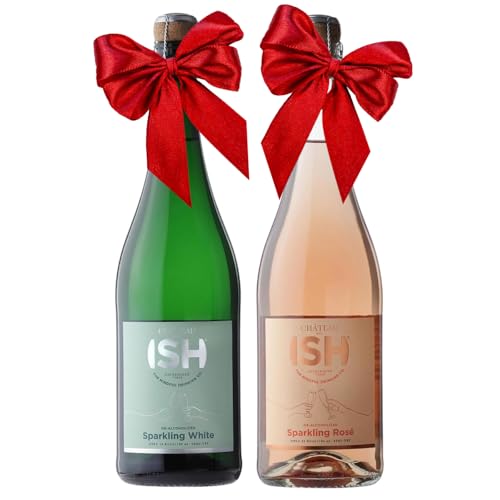



A standard 750ml serving of white grape beverage typically contains around 600 to 625 units of energy. This figure can vary slightly based on the specific variety and production method, but it serves as a solid benchmark for your calculations. If you’re monitoring your intake, consider this range to make informed choices about your consumption.
For those curious about the breakdown, a sweet variant tends to carry more energy compared to its drier counterparts. For example, a sweeter Riesling might reach closer to the higher end of the scale, while a crisp Sauvignon Blanc may hover around the lower range. Always check the label if available, as producers may provide precise information on their products.
Pairing this enjoyable drink with meals can also influence your overall intake. Consider lighter fare, such as salads or seafood, to complement your glass while keeping the total energy consumed at a reasonable level. Balance is key, and making thoughtful selections can enhance both your culinary experience and your dietary goals.
Understanding Alcohol Content and Its Impact on Caloric Value
For a standard 750ml container of this beverage, the caloric content typically ranges from 500 to 600 units. This variation largely depends on the specific type and residual sugar level in the drink. Dry varietals often contain fewer units compared to sweeter ones.
Factors Influencing Energy Content
- Residual Sugar: The sweetness of the drink directly contributes to its energy count. Sweeter options may have significantly higher values.
- Alcohol Percentage: Higher alcohol content correlates with increased energy levels, as alcohol itself provides approximately 7 units per gram.
- Serving Size: Be mindful that pouring larger servings will proportionally increase the total energy intake.
When considering the effects of this consumption on your diet, it’s crucial to balance enjoyment with moderation. For those looking to maintain a healthy lifestyle, exploring lower-sugar options or limiting intake can be beneficial.
For additional insights on managing environments, check out this resource on how to decrease ammonia in fish tank.
Caloric Content of Different White Wine Varieties
Chardonnay typically contains around 123 per 5-ounce glass, leading to approximately 615 in a standard 750ml container. Sauvignon Blanc, on the other hand, is lighter, averaging about 120 for the same serving size, resulting in roughly 600 for the entire container. Pinot Grigio is similar, with around 122 in a glass and about 610 throughout a full serving.
Riesling can vary significantly, especially with sweetness levels. A dry Riesling averages about 120 per glass, while a sweeter version might reach 150, translating to 600 to 750 across the full size. This variance can impact pairing choices, particularly with richer dishes.
For those seeking lower options, consider dry Muscadet or Gruner Veltliner, both averaging around 100 per glass, leading to around 500 for a complete serving. These are fantastic choices for lighter fare, such as seafood or salads.
Understanding these differences empowers better decisions when selecting a bottle for meals or gatherings. Always remember the serving size and sweetness levels, as they significantly influence the overall energy content. Enjoy responsibly while exploring the diverse flavors each variety offers!
Factors Influencing Caloric Count in White Wine
The sugar content during fermentation significantly impacts the energy value of this beverage. Higher residual sugars lead to a richer profile, which corresponds to an increase in energy content. Therefore, sweeter options will have more energy than dry varieties.
Alcohol concentration plays a crucial role as well. Wines with elevated alcohol levels generally have a higher energy count due to the conversion of sugar into alcohol during fermentation. This results in a direct correlation between the alcohol percentage and the overall energy value.
Production Techniques
The fermentation process can vary between producers, affecting the final profile. Techniques such as malolactic fermentation can alter the flavor and texture, potentially influencing the energy content. Additionally, aging methods, including oak barrel aging, may introduce compounds that impact taste without significantly altering energy values.
Serving Size and Pairing
The amount poured plays a critical role in determining the total energy consumed. A standard serving is typically 5 ounces, but larger pours can significantly increase intake. Pairing with various foods can also affect perception and satisfaction, influencing how much one might consume in a sitting.
Serving Size and Total Caloric Intake
The amount poured significantly impacts overall caloric consumption. A standard serving of this fermented beverage typically measures around five ounces (approximately 150 ml). This portion generally contains between 120 to 130 units of energy. However, many people pour more generous servings, often reaching eight ounces or more, which can escalate the caloric content to around 200 or even 250 units.
Understanding Portions
When enjoying this drink, it’s crucial to be mindful of how much is served. For instance, if you choose to indulge in a full glass of eight ounces, you could be doubling your energy intake compared to a standard five-ounce serving. This increase can add up quickly, especially during social gatherings or meals.
Practical Recommendations
To manage caloric intake effectively, consider using a measuring cup or a wine glass with measurement markers. This approach allows for precise control over portions, ensuring that enjoyment doesn’t lead to unintended excess. Additionally, pairing smaller servings with food can enhance the tasting experience while keeping energy consumption in check.
Comparing White Wine Calories to Other Alcoholic Beverages
In terms of energy content, a standard glass of this fermented grape beverage typically contains about 120-130 units, while a typical beer can range from 150 to 200 units depending on its style and alcohol content. Spirits, such as vodka or whiskey, pack a more concentrated punch with approximately 100 units per shot, but mixers can significantly increase their overall energy content.
Let’s break down these comparisons in a straightforward manner:
| Type of Beverage | Calories per Serving |
|---|---|
| White Wine (5 oz) | 120-130 |
| Beer (12 oz) | 150-200 |
| Spirits (1.5 oz) | 100 |
| Cocktails (with mixers) | 200-500 |
Choosing between these options can significantly influence your dietary considerations. For those mindful of their intake, opting for a glass of this fermented variety can be a lighter choice compared to most beers and mixed drinks. Understanding these differences allows for more informed decisions when enjoying a night out or selecting beverages for a gathering.
Tips for Choosing Lower-Calorie White Wines
Opt for dry varieties over sweet options. Dry selections typically contain less residual sugar, resulting in a lower energy count. Look for terms like “dry,” “crisp,” or “mineral” on the label to guide your choice.
Consider Alcohol Content
Select wines with a lower alcohol percentage. Higher alcohol levels contribute to increased energy content. Aim for options with around 11-12% alcohol by volume for a lighter experience.
Explore Alternative Regions
Investigate wines from regions known for lower sugar levels in their grapes. For example, selections from cooler climates often yield grapes with higher acidity and less sugar, creating refreshing, lower-energy options.
Pay attention to the serving size. Choosing smaller pours can help manage intake without sacrificing enjoyment. A standard serving is typically 5 ounces, but opting for 3 ounces can significantly reduce your overall energy consumption.
Finally, read labels. Transparency in production can indicate lower-energy options. Look for wines labeled as “organic” or “low-sugar,” which often suggest a more health-conscious approach to winemaking.







